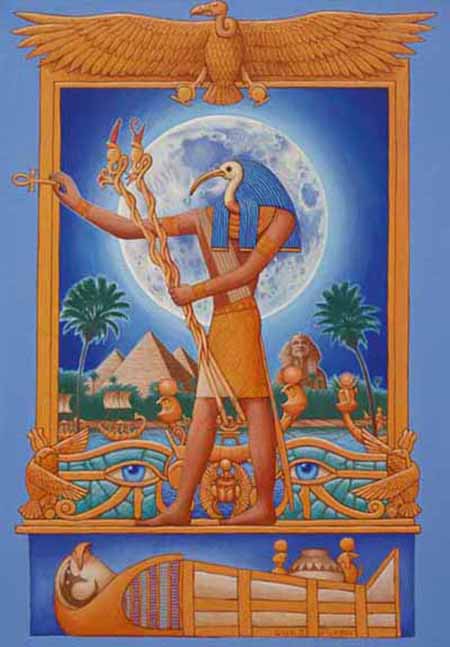
When trying to create a history of Tarot cards, there are many holes in the available facts and much of what remains is guesswork. In terms of the history of Tarot, Tarot cards likely evolved as secretive way of passing along hidden teachings. A common idea put forth is that Tarot cards evolved as a way for teachers and students from a variety of countries and cultures to share universal knowledge. With different languages and levels of literacy, a pictorial guide was necessary in order to share spiritual truths.
The earliest remnants of a Tarot deck date back to the 1390's; from the original deck, only 17 cards still remain. In around 1420, an Italian artist, Bonifacio Bembo, painted what is the only full deck that has survived to modern times. Commissioned originally by the Duke of Milan, this early deck is now known as the Visconti deck, named after the Duke's family.
While it is unlikely that Tarot cards were in existence prior to this time, the concepts illustrated in Tarot pictures are universal and have been around for thousands of years, in common knowledge as well as in myth and legend. While many of the images in Tarot decks are common to the Medieval period (the Fool, The Pope and Judgment), many of the other archetypes present including the High Priestess point to a pre-Christian system with roots in far older times. The need for secretive spiritual practice has been necessary for survival for thousands of years. The fact that the Major Arcana presents symbols that show powerful men and women highly suggest that it significantly predates Christianity.
To be labeled a religious heretic in Medieval Europe meant torture or death. Recording alternate beliefs through a pictorial key allowed these teachings to survive and created a safer way to pass this information -with less chance of retribution.
In the Renaissance period, a practice was developed based on ancient Greek teachings which was a pictorial memory system. Working with this became integral to occult teachings at this time and was commonly used to assist in meditation.
In later periods, astrology, gnosticism, Kaballah and magick have all been attached to the history of Tarot cards. These practices, along with modern psychology, have played a role in developing the meanings of each Tarot card. Many of the the Tarot spreads and individual card meanings were reinterpreted during the occult revival that occurred during the nineteenth and early twentieth centuries.
The Order of the Golden Dawn, a short-lived group of esoteric magicians, played a particularly powerful role in this regard. One member, A.E. Waite, created a pictorial key to the Tarot and worked with another member, Pamela Colman Smith to create a new Tarot deck, the Colman-Rider-Waite deck (AKA Rider-Waite Tarot deck). Another prominent member, Aleister Crowley, also created a Tarot guide and worked with a notable artist, Lady Frieda Harris, to design and create the Thoth Tarot deck. Crowley believed that the Major Arcana was based on images from the Egyptian Book of Thoth -hence his deck's name.
Current history of Tarot cards will sometimes claim the cards to be created for evil purpose or make them much older than they are. While Tarot cards have been connected with various religions and occult movements, there is nothing inherently evil or negative about them. Working through the Tarot cards in the Major Arcana is like moving through all the main phases of life, both internal and external. This brief history of Tarot cards should clear up some mystery about their past and give you the opportunity of connecting with them in the present.
Copyright 2008 http://www.discover-the-meaning-of-tarot.com
Lucy Barnett
For everything you need to know about Tarot reading, the meaning of each Tarot card, Tarot spreads, Tarot layouts - resources to be a better Tarot reader, go to...
http://www.Discover-the-Meaning-of-Tarot.com
Article Source: http://EzineArticles.com/?expert=Lucy_Barnett
No comments:
Post a Comment